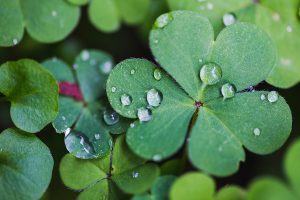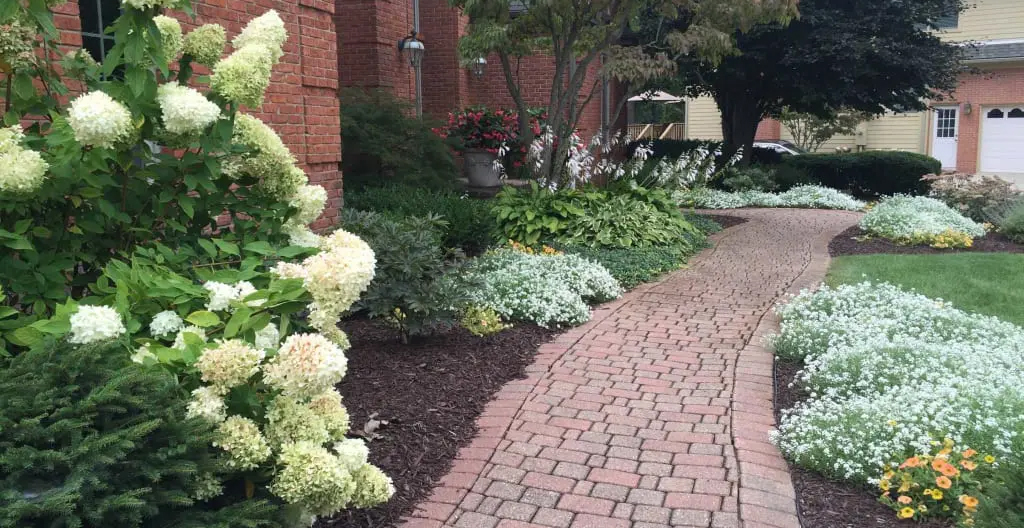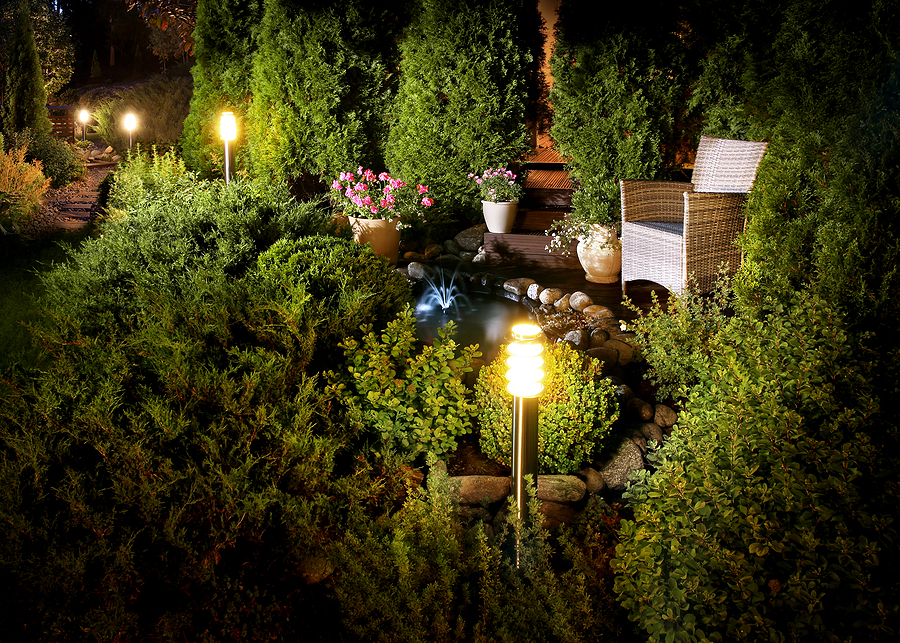Planting Clover in Your Lawn
August 28, 2024
A lush, green lawn is the dream of many homeowners, but achieving and maintaining this dream can be both time-consuming and costly. Traditional grass lawns require frequent mowing, watering, and fertilizing. For those looking for a low-maintenance and eco-friendly alternative, clover offers an attractive solution. Clover lawns are gaining popularity for their numerous benefits, including nitrogen fixation, drought tolerance, and their ability to attract pollinators.
The Benefits of Clover
Clover is a versatile plant that offers many benefits when used as lawn cover. One of the most notable is its ability to fix nitrogen. Clover, a leguminous plant, works symbiotically with bacteria in the soil to convert atmospheric nitrogen into a form that plants can use. This natural process reduces the need for chemical fertilizers, promoting a healthier and more sustainable lawn.
Another significant advantage of clover is its drought tolerance. Unlike traditional grass lawns that require regular watering, clover has deep roots that allow it to access water more efficiently. This characteristic makes clover an excellent choice for areas prone to drought or for homeowners looking to conserve water.
Clover also helps reduce weeds. Its dense growth habit outcompetes many common lawn weeds, reducing the need for herbicides. Additionally, clover attracts beneficial insects, including pollinators such as bees and butterflies, which can enhance the overall health of your garden.
Types of Clover for Lawns
Several varieties of clover are suitable for lawns, each with its unique characteristics. Among these, white clover (Trifolium repens) is the most commonly used and highly recommended. White clover is a perennial plant that grows low to the ground, forming a dense mat that remains green throughout the growing season. It is hardy, adaptable to various soil types, and resistant to pests and diseases.
Other varieties, such as red clover (Trifolium pratense) and micro clover (a smaller version of white clover), can also be used, but they may have different growth habits and maintenance requirements. Red clover, for example, is taller and may need more frequent mowing, while micro clover is ideal for those who prefer a more manicured look due to its smaller leaves and compact growth.
Establishing a Clover Lawn
Planting a clover lawn is relatively straightforward and can be done by following a few simple steps. The best time to plant clover is in the early spring or late summer when temperatures are mild, and there is adequate moisture.
- Prepare the Soil: Begin by removing any existing grass or weeds. This can be done by hand or using a non-selective herbicide. Once the area is clear, rake the soil to create a smooth, even surface.
- Seed Selection and Sowing: Choose a high-quality clover seed mix suitable for your region. For even coverage, mix the seeds with sand or sawdust before sowing. Scatter the seeds evenly over the prepared soil, ensuring good seed-to-soil contact by lightly pressing them into the soil with a roller or by walking over the area.
- Watering: Keep the soil consistently moist until the clover seeds germinate and establish roots. This usually takes about 7-10 days. Once the clover is established, it will require less frequent watering than traditional grass.
Caring for Your Clover Lawn
A clover lawn is relatively low-maintenance, but there are a few key practices to keep it looking its best.
- Mowing: Clover does not need to be mowed as often as grass. When you do mow, set your mower to a higher setting (around 3-4 inches) to prevent cutting the clover too short. This will encourage healthy growth and prevent the clover from being overshadowed by any remaining grass.
- Watering: While clover is drought-tolerant, it will benefit from occasional deep watering during prolonged dry periods. Watering deeply but infrequently encourages deep root growth, which enhances drought resistance.
- Fertilizing: One of the main advantages of clover is its ability to fix nitrogen, reducing the need for chemical fertilizers. However, if you notice that your clover lawn is not as vigorous as desired, a light application of a balanced organic fertilizer can help.
- Weed Control: Clover’s dense growth naturally suppresses weeds, but some may still appear. Hand-pulling weeds is usually sufficient, and avoiding the use of broadleaf herbicides will protect the clover.
Advantages of a Clover Lawn
Choosing clover for your lawn offers numerous advantages beyond its aesthetic appeal. Here are some key benefits:
- Eco-Friendly: Clover improves soil health by fixing nitrogen, reducing the need for chemical fertilizers, and decreasing the environmental impact of lawn maintenance.
- Low Maintenance: Clover requires less frequent mowing and watering compared to traditional grass lawns, saving time and resources.
- Pest Resistance: Clover is naturally resistant to many common lawn pests, reducing the need for pesticides.
- Attracts Pollinators: By providing nectar and pollen, clover supports bees, butterflies, and other beneficial insects, contributing to a healthier garden ecosystem.
- Drought Tolerant: Clover’s deep roots enable it to thrive in dry conditions, making it an excellent choice for water conservation.
Embrace the Clover Lawn Revolution
Switching to a clover lawn is a smart choice for homeowners seeking an attractive, low-maintenance, and eco-friendly alternative to traditional grass lawns. With its nitrogen-fixing ability, drought tolerance, and natural weed suppression, clover offers numerous benefits that make lawn care easier and more sustainable. By planting clover, you are not only enhancing the beauty of your outdoor space but also contributing to a healthier environment.
Contact Twin Oaks Landscape for a free consultation to learn more about transforming your lawn and landscape this summer. Our skilled landscape contractors are here to help you every step of the way in creating outdoor spaces you want to spend time in.




